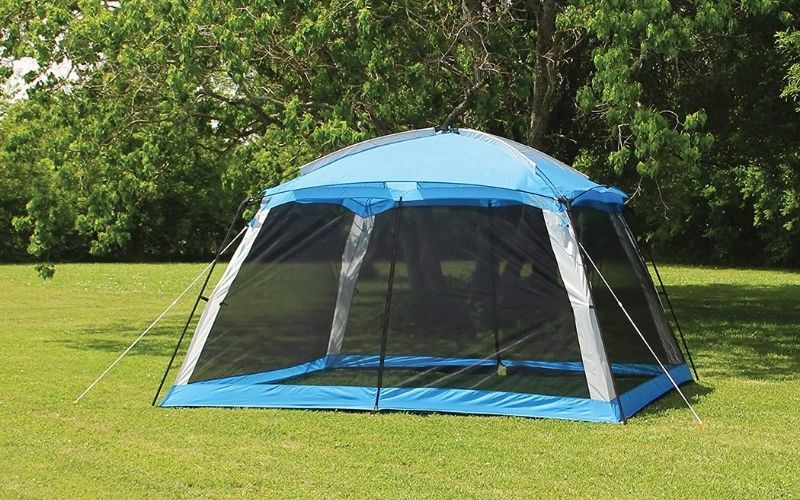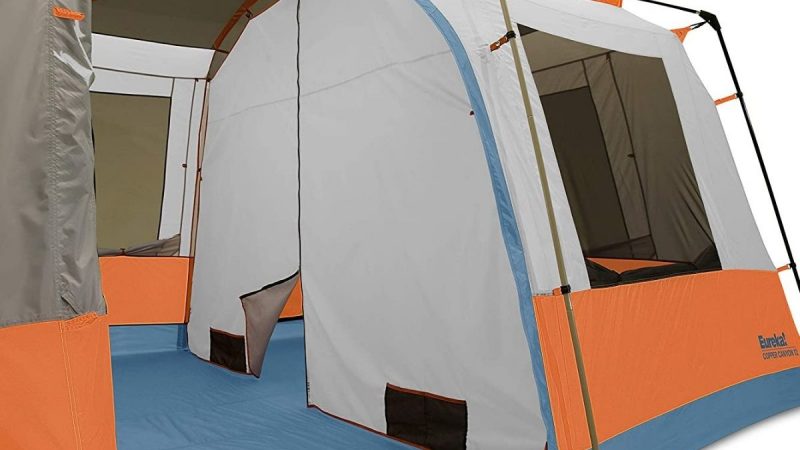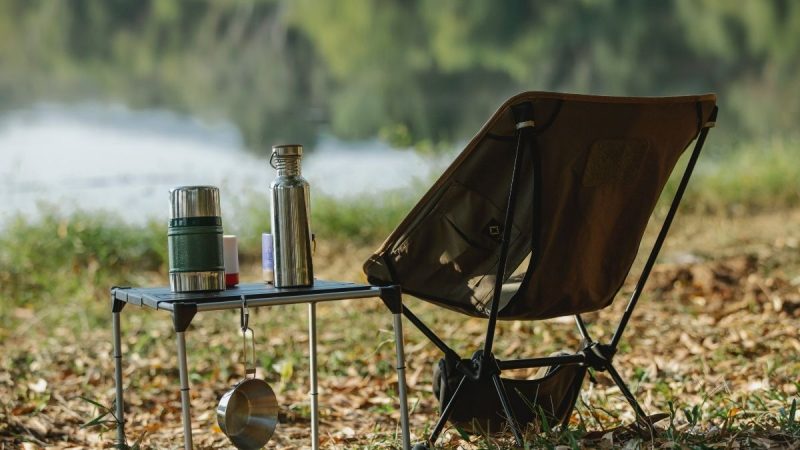How to Treat Bug Bites on Legs?
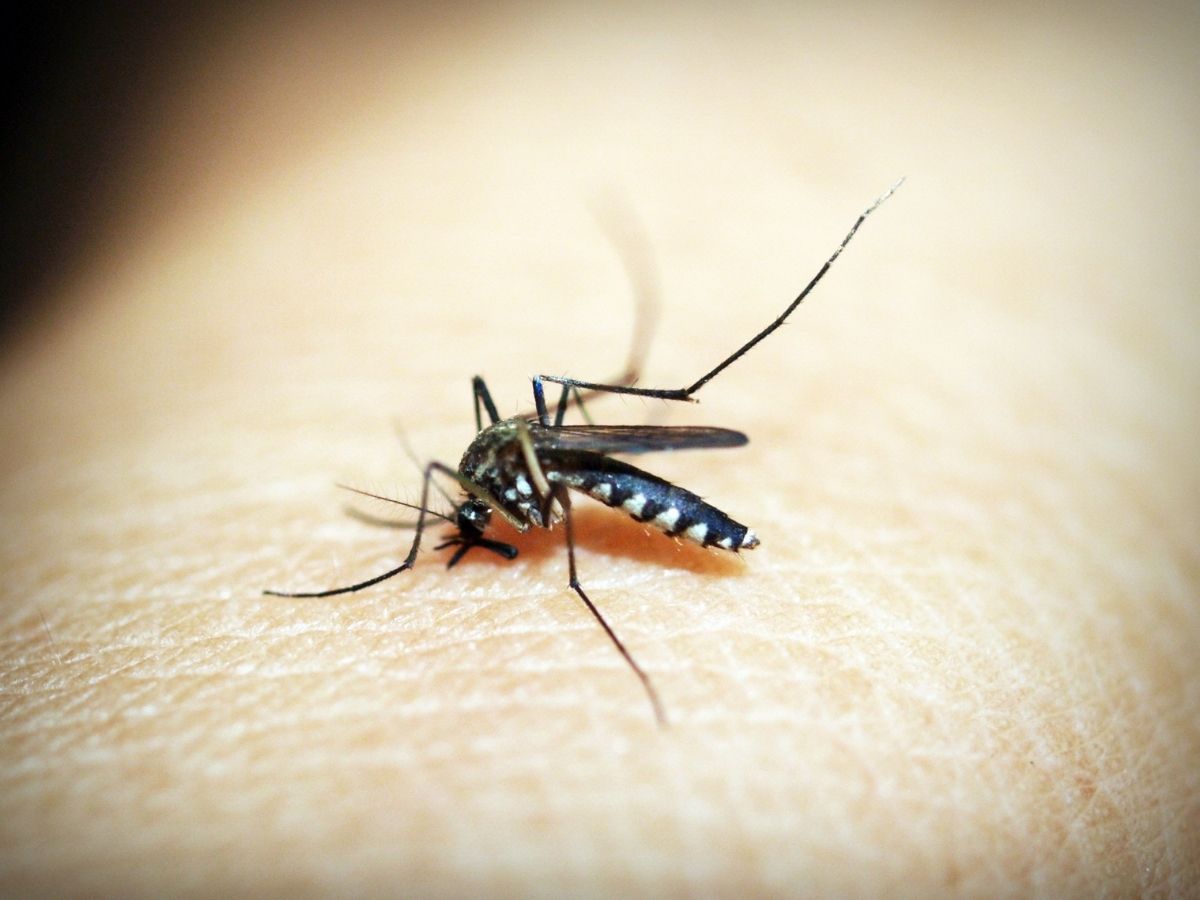
How to treat bug bites on legs is a common issue for backpackers, hikers, and campers. Insects can be a nuisance while outdoors, and their bites can often be itchy and painful.
This article will look into the best ways to treat bug bites on legs, depending on the severity of the bite. First, it is important to identify the type of insect that caused the bite. Some common culprits include mosquitoes, black flies, and deer flies.
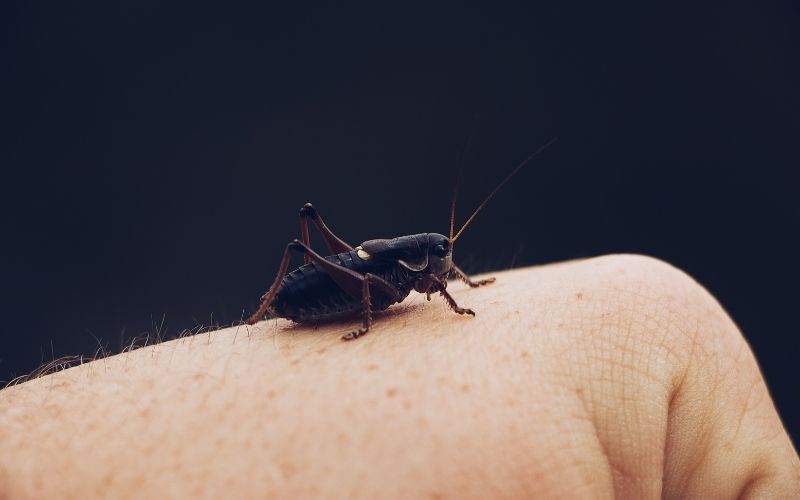
Checklist for a Safe Tip in the Wilderness
Below is a list of items for a successful trip in the wilderness.
Bring Insect Repellent

This is an essential tip if your trip involves exposure to bugs, which can include mosquitoes, black flies, deer flies, and others. Insect repellent helps keep these pests at bay, so you can enjoy your time outdoors.
Wear Long Pants and Sleeves
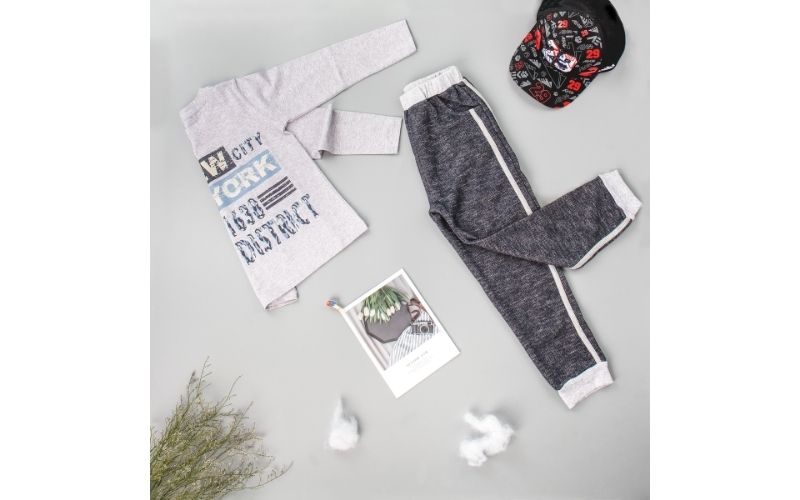
If you are susceptible to bug bites, it is a good idea to cover up as much of your skin as possible. Wearing long pants and sleeves will help protect your skin from insect bites.
Stay in Well-Lit Areas
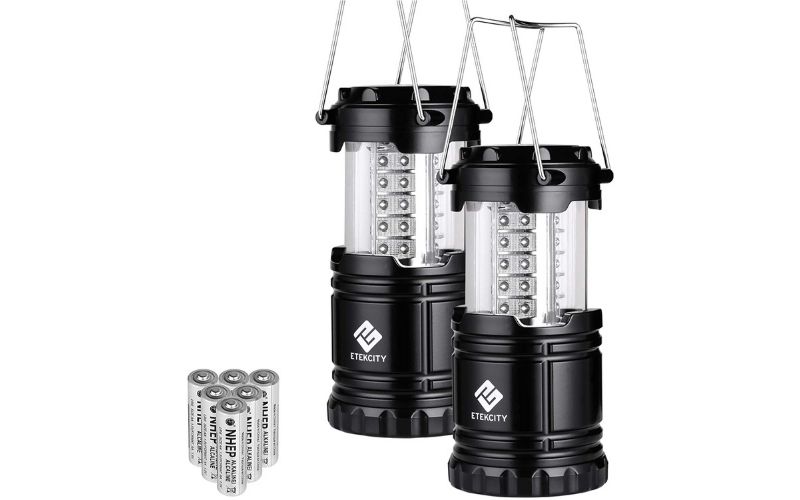
Insects are attracted to light, so staying in well-lit areas will help keep them away. If you are camping or hiking at night, use a flashlight or a lantern to help guide your way instead of relying on lights from your campsite or trail.
Bring a Netting Tent
If you are worried about bugs, you can bring a netting tent to use as your shelter. This will keep insects out and allow you to enjoy the great outdoors without having to worry about bug bites.
Pack a First Aid Kit
Insect bites can often become infected, so it is a good idea to pack a first aid kit just in case. This will help you treat any potential injuries or infections that may result from bug bites.
Identifying Different Bug Bites and How to Treat Bug Bites on Legs?
There are a variety of different bug bites that can occur on the legs, and each one should be treated differently.
Mosquito Bites
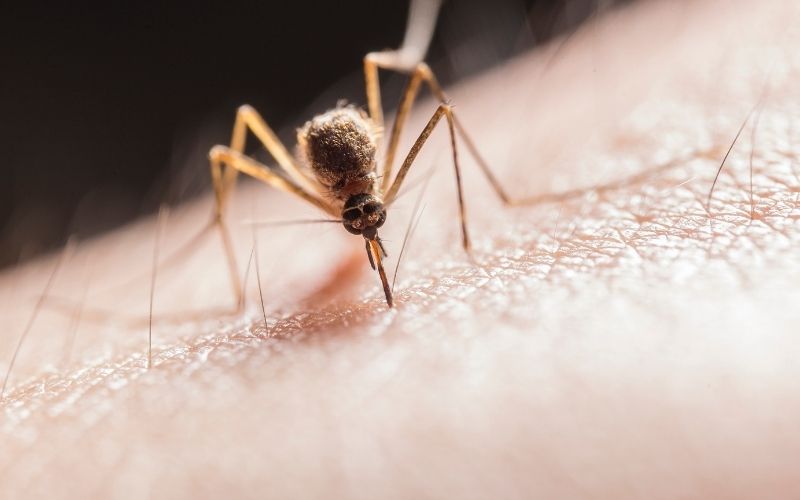
These bites are the most common type of bug bite, and they often result in an itchy, red bump. To treat mosquito bites, use a topical cream or ointment.
Black Fly Bites
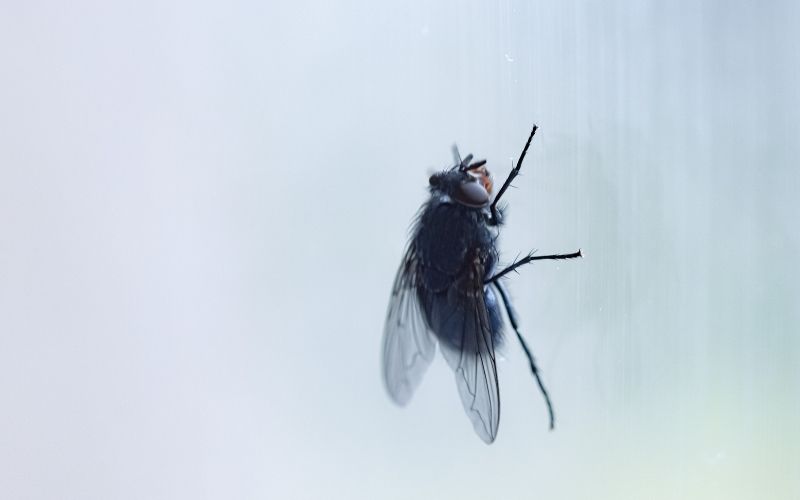
This kind of fly bites are another common type of bug bite, and they can often be quite painful. To treat black fly bites, use a topical cream or ointment that contains cortisone. This will help aid in the pain.
Deer Fly Bites
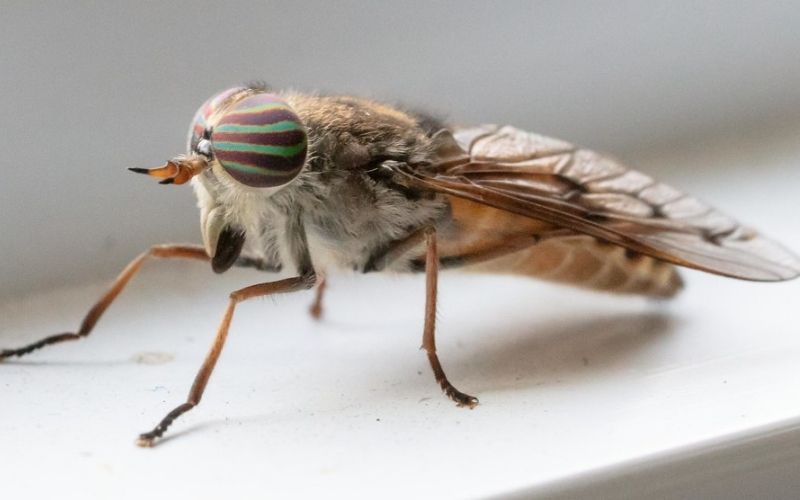
These bites are another type of bug bite that can be quite painful. To treat deer fly bites, use a topical cream or ointment that contains cortisone. Additionally, you can try applying a cold compress to the area to help with the swelling.
Ant Bites

This is another type of bug bite that can be quite painful. To treat ant bites, use a topical cream or ointment that contains cortisone. This will help with the pain. Moreover, a cold compress to the affected area can help with the symptoms.
Bee and Wasp Bites
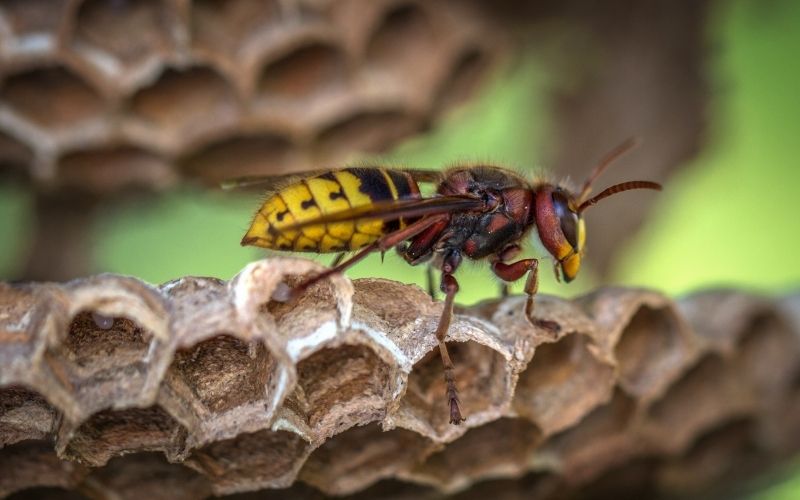
Bee and wasp bites are another type of bug bite that can be quite painful. To treat bee and wasp bites, use a topical cream or ointment that contains cortisone. Inflammation and pain will be recovered with this. Try applying a cold compress to the affected area to have instant relief from symptoms.
Tick Bites
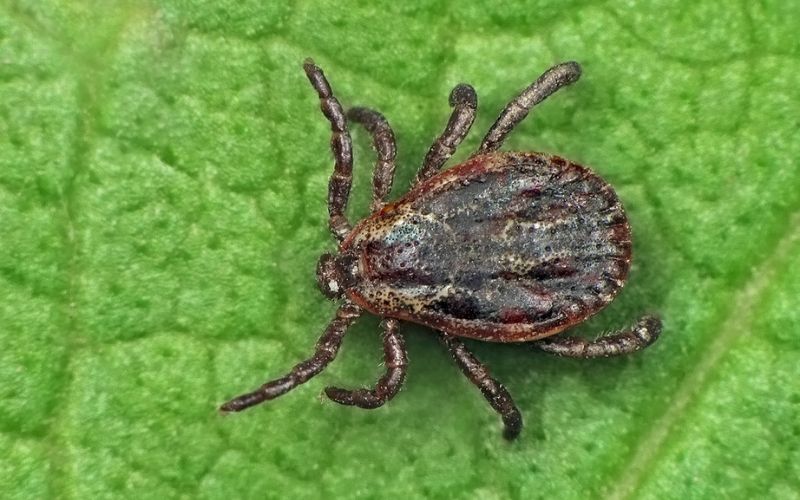
Though the less common type of bug bite, they can be quite dangerous if not treated properly. To treat tick bites, use a topical cream or ointment that contains permethrin. This will help kill the tick and prevent infection. Additionally, you should see a doctor as soon as possible to get a prescription for antibiotics.
If you are experiencing any other symptoms, such as fever, nausea, or vomiting, see a doctor immediately. Bug bites can often become infected if not taken care of on time.
Symptoms of Bug Bites on Legs
Identifying symptoms early on can help you get proper treatment for bug bites on your legs.
Itchy Bumps
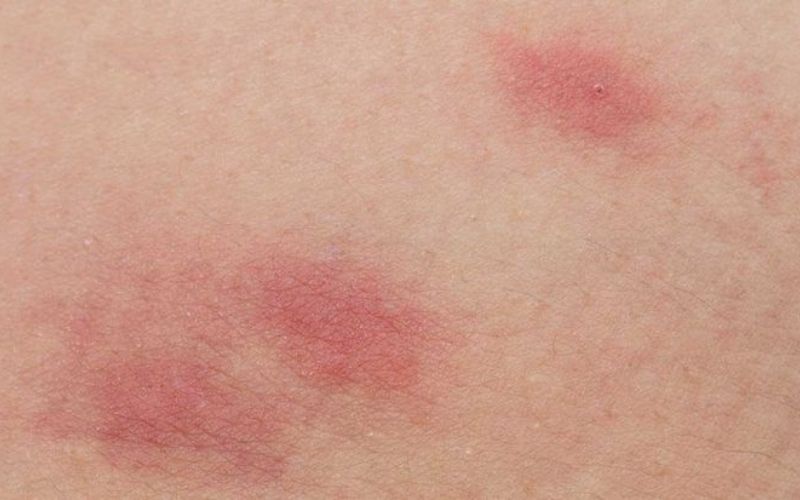
If you are experiencing itchy bumps after being bitten by an insect, there is a good chance that you have been bitten by a mosquito or black fly. These bites can often be treated with a topical cream or ointment.
Swelling
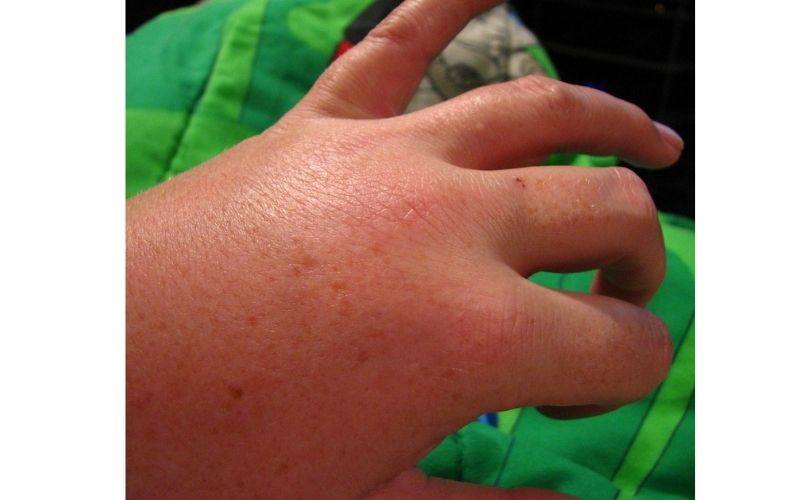
If the bite is causing swelling, there is a good chance that you have been bitten by a deer fly or tick. Topical cream or ointment that contains cortisone works best, as well as a cold compress.
Redness
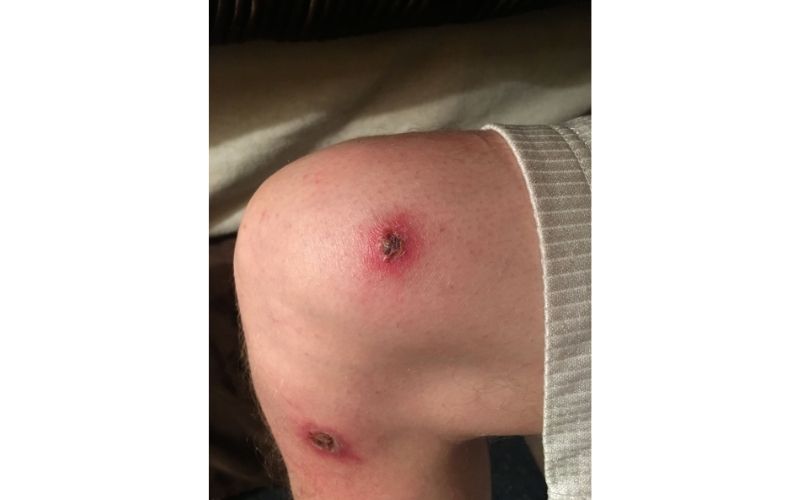
If the area around the bite is red, there is a good chance that you have been bitten by a spider. Treating with ointments and a cold compress can really help you a lot until you get to a doctor. These will be an ideal way to keep redness at bay.
If you are experiencing any other symptoms, see a doctor immediately.
There are a variety of different ways to treat bug bites on legs, and it is important to identify the type of bite before treatment.
Prevention and Treatment of Bug Bites on Legs
There is no surefire way to prevent bug bites on legs, but there are a few things that you can do to minimize your chances of getting bitten.
Stay Away from Busy Areas

If you are camping or hiking, try to stay away from areas that are known for being busy with bugs. This will help overcome your chances of staying safe and away from bug bites.
Use Repellent
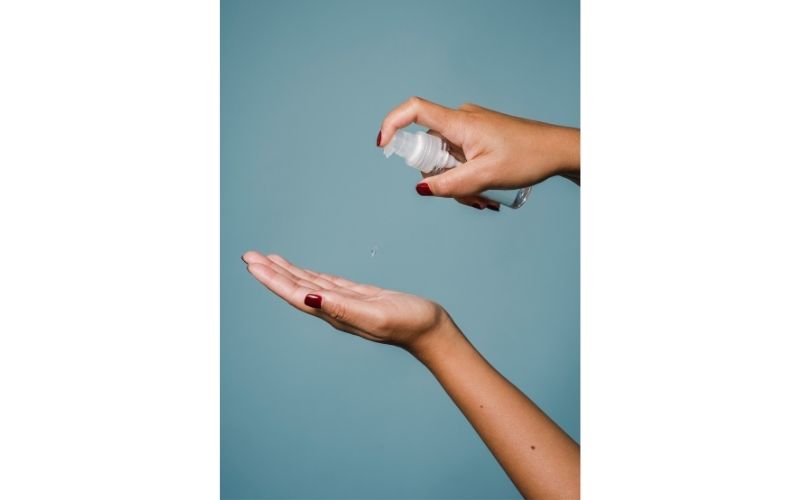
Using repellent is another way to stay away from bug bites. There are a variety of different types of repellents available, so find one that works best for you and stick to it.
Cover Up

Wearing long pants and sleeves can also be an amazing way to reduce the risk of getting bit by bugs. If you are going to be in an area where there are a lot of bugs, it is best to cover up as much as possible.
Tuck Pants into Socks
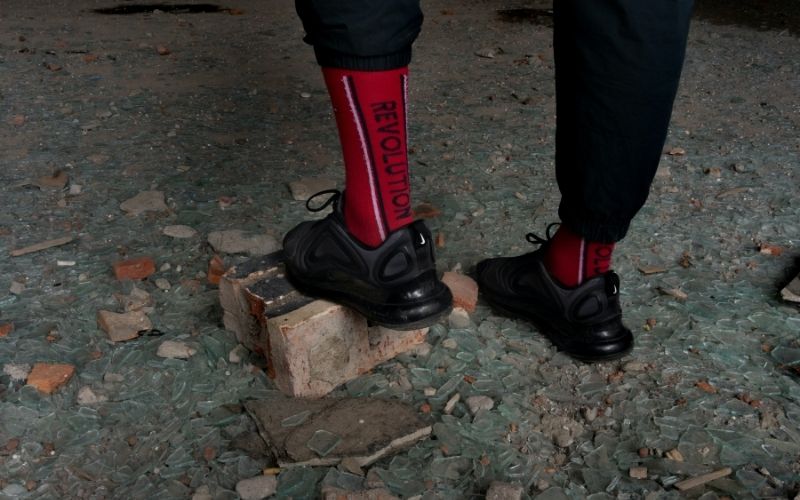
Tucking your pants into your socks can also help to keep bugs away from your skin. This will help prevent bites on your legs and other areas of your body. Moreover, tucking your shirt into your pants can also help to keep bugs away from your stomach and chest.
Wear Light Colored Clothing

Wearing light-colored clothing can also help you avoid getting bit by bugs, as they are more likely to see you coming. Dark colors tend to attract bugs, so wearing light colors can help you stay hidden.
There is no surefire way to prevent bug bites on legs, but by using a combination of the tips above, you can minimize your chances of getting bit.
Types of Bug Bite Reactions
There are a few different types of bug bite reactions that you may experience, and it is important to know what they are to get proper medical advice.
Local Reactions
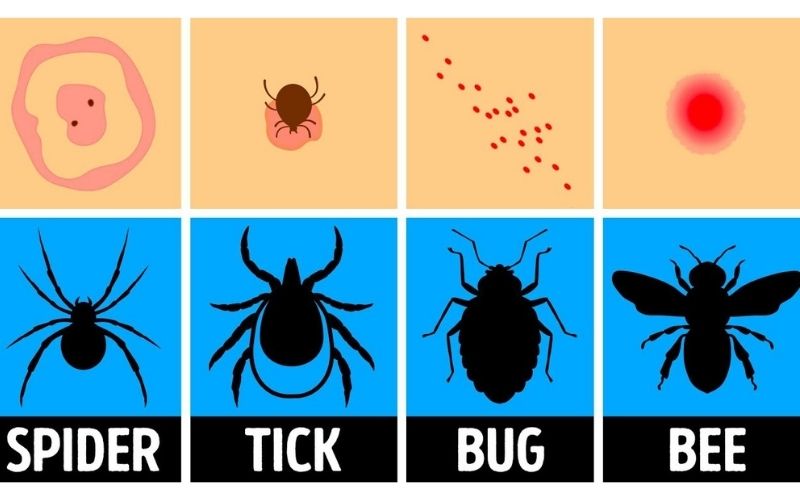
Local reactions are the most common type of reaction and occur right near the site of the bite. This includes swelling, redness, pain, and itchiness.
Systemic Reactions
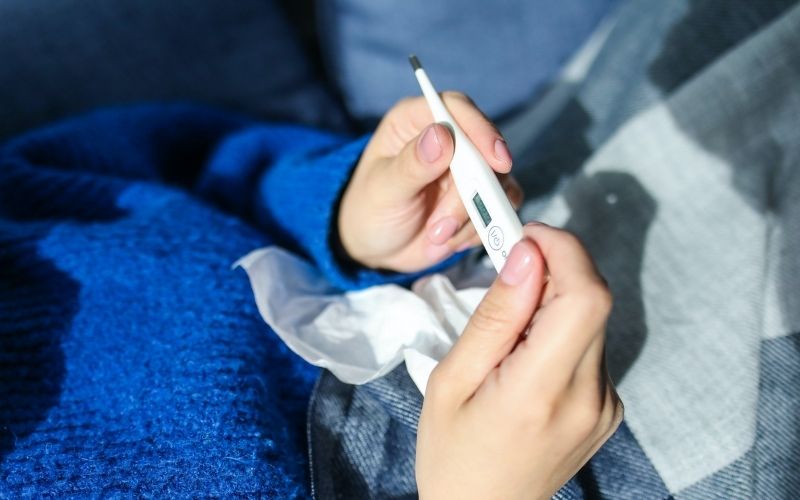
Systemic reactions occur when the bug bite causes a reaction in your entire body. This can include fever, chills, nausea, vomiting, and diarrhea.
Anaphylactic Reactions

Anaphylactic reactions are the most serious type of reaction and can be life-threatening. This occurs when the bug bite causes a severe allergic reaction. Symptoms include swelling of the throat, difficulty breathing, and a rapid heartbeat.
It is important to be able to identify the type of reaction you are experiencing. By using a combination of topical creams or ointments, cold compresses, and antibiotics, you can help reduce the inflammation and pain associated with bug bites.
FAQs Related to “How to Treat Bug Bites on Legs?”

Q: What is the Best Way to Treat a Tick Bite?
A: To treat a tick bite, use a topical cream or ointment that contains permethrin. This will help kill the tick and prevent infection. Additionally, you should see a doctor as soon as possible to get a prescription for antibiotics.
If you are experiencing any other symptoms, see a doctor immediately. Bug bites can often become infected, so it is important to get proper first aid if you are bitten.
Q: How Long Do Bug Bites Last?
A: Bug bites can last anywhere from a few days to a few weeks. It all depends on the type of bite and how it is taken care of. Common remedies such as topical creams or ointments, cold compresses, and antibiotics, can help with any inflammation and pain associated with bites.
Q: What if the Bite Starts to Bleed?
A: If the bite starts to bleed, apply pressure to the area with a cold compress. This will help stop the bleeding and any inflammation.
If you are experiencing any other symptoms, see a doctor immediately. Bug bites can often become infected, so it is important to get proper medication if you are bitten.
Q: When Should I Seek Medical Treatment for a Bug Bite?
A: If you are experiencing any other symptoms, see a doctor immediately. Bug bites can often become infected, so focus on getting the right medication at the right time.
Conclusion
To sum up, how you can treat bug bites on legs is a vast question with a variety of answers to fit each individual. What is important is being proactive and prepared before you go outside, utilizing methods such as long pants tucked into socks, light colors, and insect repellents; being able to identify the type of bug bite reaction you have, and knowing when to seek further medical attention for bites. With this knowledge, most people can heal their bug bites with little to no problems.

